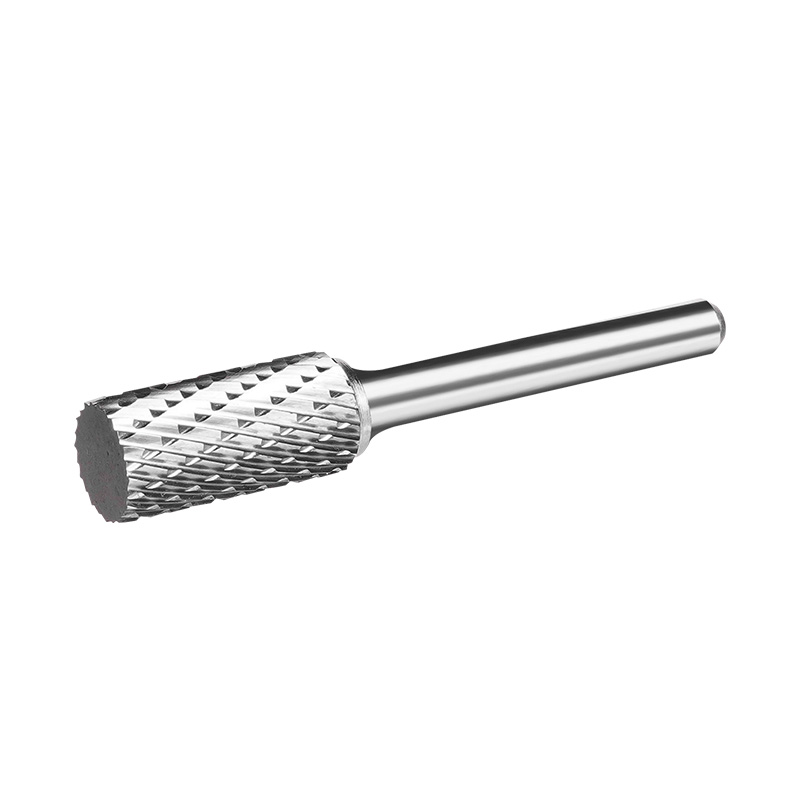Precision work in manufacturing and repair often requires specialized tools to access and work within tight or deep spaces. Traditional carbide burrs, while effective for general tasks, may fall short when it comes to reaching confined areas. Enter the long reach carbide burr—a tool designed to bridge this gap. These burrs feature an extended shank that allows users to maneuver through challenging angles and depths that standard tools cannot easily access.
The primary benefit of using long reach carbide burrs is their ability to perform precision work in areas that are otherwise difficult to reach. With their extended shank, these burrs can reach into deep cavities and narrow spaces with ease. This is particularly useful in industries such as aerospace, automotive, and medical device manufacturing, where precision and accessibility are paramount.
Another advantage of long reach carbide burrs is their durability. Carbide is known for its hardness and wear resistance, making it ideal for cutting through tough materials. When paired with a long shank, these burrs maintain their effectiveness even under challenging conditions. This durability ensures that users can achieve consistent results without frequently replacing their tools.
Long reach carbide burrs are ideal for a variety of applications. For instance, in aerospace manufacturing, where components often have complex geometries and deep recesses, these burrs enable technicians to perform detailed work without the need for additional setups or disassemblies. Similarly, in automotive repair, accessing and modifying parts within engine compartments or other confined spaces becomes significantly easier with long reach carbide burrs.
The use of round burrs with long shanks allows for versatile shaping and finishing. The rounded profile of these burrs makes them suitable for creating smooth contours and removing material with precision. Whether it's deburring edges or refining internal surfaces, the long reach carbide burrs provide the necessary reach and control.

While long reach carbide burrs excel in specific scenarios, it’s important to consider when long carbide drills might be a better choice. Long carbide drills are designed for drilling deep holes and creating precise openings. They are ideal for tasks where depth and diameter consistency are crucial.
In contrast, long reach carbide burrs are better suited for applications that involve shaping, grinding, and deburring. The choice between these tools depends largely on the specific requirements of the task at hand. For example, if the goal is to achieve a smooth finish in a deep recess, a long reach carbide burr would be preferable. Conversely, if the task involves drilling through thick material or creating precise holes, a long carbide drill would be the tool of choice.
To improve the effectiveness of long reach carbide burrs, certain best practices should be followed. Firstly, ensure that the burr is properly secured in the tool holder to prevent any wobbling or misalignment. This helps in maintaining precision and prolonging the life of the burr.
Secondly, select the appropriate burr type and size based on the material and the desired outcome. The round bur with a long shank is particularly useful for intricate detailing, while other shapes might be more suitable for different applications.
Finally, proper maintenance of the burr is essential. Regular cleaning and inspection can help in identifying any wear or damage early, thus preventing any issues during critical operations. Replacing burrs that show signs of excessive wear will ensure continued high performance.
Long reach carbide burrs are indispensable tools for precision work in hard-to-reach areas. Their ability to access confined spaces and deliver accurate results makes them a valuable asset in various industries. By understanding their advantages, applications, and best practices, professionals can make informed decisions about when to use long reach carbide burrs versus other tools like long carbide drills.